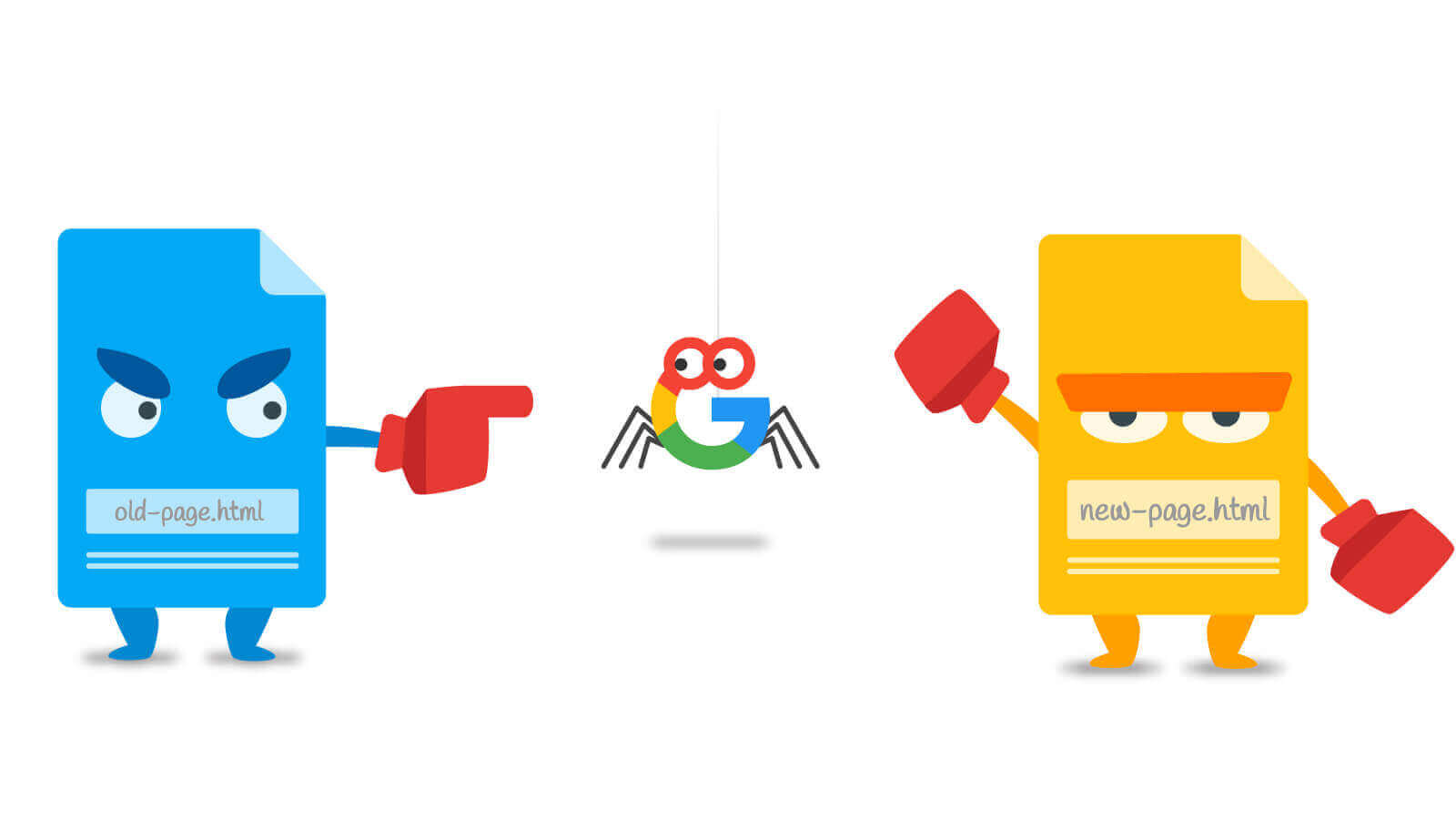

Web Content
How to test a copywriter
How to test a copywriter.
There are two areas that are really difficult when I think about building an online business from scratch or creating a website.
Deciding on a good logo and finding a good copywriter.
What is a copywriter?
Well when you get technical, a copywriter is a professional specializing in creating a compelling description of the value of your product or service in order to drive a lead or customer conversion.
Basically someone you hire to make your skills or product POP with words.
In module 6 of the Online Business Roadmap course, I describe in detail all the benefits of a good copywriter and how to safely and responsibly hire one.
I will tell you though, while a good copywriter is worth their weight in GOLD plutonium, it’s not easy to find one.
This is primarily because all a mediocre or amateur writer needs to do in order to pretend they have some skills is send you someone else’s copy or content.
It’s hard to know whether the person presenting a sample to actually wrote it.
Here are my suggestions for testing any copywriter you want to hire.
Obviously ask for a sample
Not rocket science – get them to send you something they have written.
Ask for references
Ask for people they have worked for before and CALL them. Most customers never make the follow up call. Make sure you do.
Next, ask for a custom sample
Give them less than 24 hours to write something YOU ask for (pay a small fee if you have to – less than $100). This doesn’t have to be a full article – maybe even a few paragraphs – just so you can get a feel for the writing style.
Finally, give them the edit test
This one is simple – ask a copywriter or someone you respect to find an article that is badly written. Take (internal) notes about all the reasons why it is badly written. Once you have that, send the article (without the notes obviously) to the new copywriter.
Ask them to tell them what is wrong with the article in less than one hour (be willing to pay a small fee for this too).
If they come back with good edits and suggestions and everything else works out – you have a good faith confirmation to go on. If they start to give you excuses and are not willing to be tested, tell them to go jump in a lake.
Over the past 15 years, I have tested over 100 copywriters this way and less than 10 have passed. All of the candidates who passed did great work for me so I’m pretty sure this process works.
What do you think? What has been your experience with hiring copywriters?
Use the comments below and let me know.
Marketing
Infographic: Why People Hate Your Content

Content is king. We all have heard this phrase before. But not everyone stops to think why content is king. And why it has to be treated like one. The web is, now, the most important resource of information for people.
With nearly 3 billion already using the Internet in one way or another, and millions joining in daily, the audience is huge. But it’s important to deliver information to these people that is effective.
Effective and impactful.
The digital revolution is demanding, if nothing else. Online businesses need to deliver unique, relevant and fresh content — something that immediately engages the reader. But most importantly, your content needs to be sharp, clear and compelling.
With the intense competition, you have to be one step ahead, not simply keep up.
But people have different needs, and to deliver, you absolutely have find out what your customers and audience want. No one content strategy works for all, or every type of online business. It has to be custom designed for each niche and specific audiences.
Want to see how varied the landscape is?
This infographic from Stratton Craig sheds a little light on what good and bad content looks like. It makes for a rather interesting read, with some surprising statistics.
The survey was conducted on 712 people, aged 18 to 65 (and beyond), and they were asked to define what they enjoy online, what they don’t enjoy, what type of content they like and what they dislike on the web. Online shopping, as you can see, is not high on this list.
Equally surprising are the bit about blogs, with a shocking 0% of the 18-to-24 year old respondents enjoying reading them. Video, on the other hand, is key for younger demographics.
It’s a pretty illuminating read, surprising even in some sense, but should provide a few pointers for you to chart out your content or content marketing strategy.
Click the infographic below to view the full high-resolution version.
Marketing
Infographic: The Power Of Visual Content

Infographics are effective. Highly effective. People much prefer to look at pretty pictures or amazing videos, than read plain text. And the reason for that is simple.
The brain has to do less work to digest information when it’s presented visually.
This makes infographics and visual content a lot compelling — this type of content drives more traffic and brings more results than plain text material. Brands and businesses are benefiting from using infographics in their marketing.
The infographic below illustrates the power of visual content:
“It is no secret that consumers respond better to visual marketing, and this is one reason that infographics have become such a popular and effective form of online marketing. They allow you to present information in a way that your audience will actually absorb your message, instead of just skimming through blocks of text and only retaining a very small percentage of the information.”
Some interesting highlights here.
But the most pushing one is the fact that the brain process visual information 60,000 times faster than text. Going to have to do a little digging on this one to locate the source. Seems too good to be true!
Other than that, there are several appealing pointers here, including how an infographic is 30 times more likely to be read than a text article. Sounds about fair, particularly for people on mobile devices. Not everyone wants to read lengthy text on smartphones or tablets.
The sales and infographic marketing statistics are also fascinating, including the popularity of infographics on Google. Quite a few important takeaways overall.
Click the infographic below to view the full high-resolution version.
Web Content
7 Basic Principles Of Good Writing

It’s all in the words, they say. Words can turn you content from drab to fab, make people notice your businesses, positively impact your marketing and drive customers to your door.
Plus engaging content is highly impactful when it comes to conversions.
However, while attention grabbing words are important, quality copy is even more vital. The basic principles of good writing still apply no matter the type of content you are developing. These are the tried, tested and refined methods — the very basics.
Below is a list of 7 basic principles of good writing that you should keep in mind:
Write vividly
Which is to say that you should use specific nouns and verbs when writing content, as opposed to lengthy strings of wanton (and unnecessary) adjectives and adverbs. Your readers are interested in content, after all, Try not to bring too much stuff and fluff into it.
Keep it short
Almost everyone is busy these days, and most people barely have enough time to read. Don’t burden your customers and readers with lengthy blocks of text. Use short words, short sentences, short paragraphs and short pages — keep it concise, keep it succinct if you desire maximum impact.
Important things first
This point builds upon the previous one, in the sense that you want to place the most important information near the beginning. Make it a habit to stick the weighty words at the start of sentences and paragraphs. In fact, start with them if you can.
Skip the jargon
Like it or not, but experts is a subjective word. A person might be great at one or two things, good in a few others, but that does not make him or her an authority on everything. Point being, use ordinary language that everyone can understand, rather than compiling a gobbledygook of terminology.
Proofread your text
The best way to check your content for grammar and flow is to read your text out loud. It is by far the easiest way to find mistakes. Also use your word processor to check for spelling and typos. A site full of errors gives your visitors an impression that you’re sloppy. Yikes!
Have others read what you write
Now this is a pro tip. If you wrote a lot of content for your online business, there may come a time when you will get too close to your writing. Have someone else do the reading and ask for their feedback for accuracy, clarity, omissions and oversights. Every once in a while, that is.
-

 Website Performance6 years ago
Website Performance6 years agoWebsite Optimization Tips – Optimizing the Order of Styles and Scripts
-

 Website Performance6 years ago
Website Performance6 years agoWordPress Performance Tips – Enable Keep Alive
-

 Web Content10 years ago
Web Content10 years ago7 Basic Principles Of Good Writing
-

 URL Redirects6 years ago
URL Redirects6 years agoSpeeding Up WordPress – Avoid Landing Page Redirects
-

 Digital Marketing Training5 years ago
Digital Marketing Training5 years ago13 Steps To Building A Profitable High Traffic Technology Blog – Part Four – your logo
-

 Digital Marketing Training5 years ago
Digital Marketing Training5 years ago13 Steps To Building A Profitable High Traffic Technology Blog – Part five – WordPress Hosting
-

 Evaluation9 years ago
Evaluation9 years agoFind The Traffic Of Any Website With SimilarWeb
-

 Digital Marketing Training6 years ago
Digital Marketing Training6 years ago13 Steps To Building A Profitable High Traffic Technology Blog – Part Three – the baby business plan





1 Comment